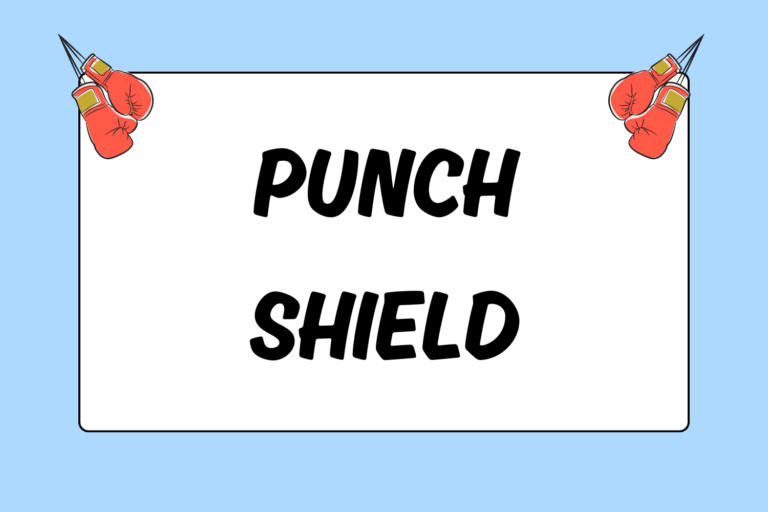Once you find a comfortable and effective stance, you can begin working on your foot movement – the most basic and important boxing skill. Highly skilled boxers have excellent footwork due to years of sport-specific movement practiced each day in the gym. With practice, you can improve your footwork to make yourself elusive and powerful in the ring.
This guide reviews the basics of boxing footwork and provides instruction on how to improve your footwork.
Laying the Foundation
Right-handed boxers normally fight in an orthodox stance with the left foot in front. If you are left-handed, you most likely assume a southpaw stance with your right foot in front.
In either stance, your feet should be shoulder-width apart, stay parallel to one another, and point in a 45-degree angle toward the target. Draw an imaginary line from the center of your body to the target, and place one foot on each side of this line. Lastly, remember to always stand on the balls of your feet, as this enables quick movement and better rotation when throwing punches.
Basic Movements
Once you’re comfortable with your stance, you can begin moving forward, backward, left, or right.
To ensure that you’re not out of position as you move about the ring, focus on which foot to step with first. Orthodox boxers initiate their movement as follows:
- When moving forward: Left foot first
- When moving backward: Right foot first
- When moving left: Left foot first
- When moving Right: Right foot first
Southpaw boxers initiate their movement as follows:
- When moving forward: Right foot first
- When moving backward: Left foot first
- When moving left: Left foot first
- When moving right: Right foot first
Drag the second foot after making the initial step with the first foot. Boxing movements are more similar to shuffling than walking. Never cross your feet, and always stay on balls of your feet.
Improving Your Footwork
Every boxer learns footwork techniques at their own pace, but everyone can improve their ability with some practice. Here are a few drills you can incorporate into your workout to develop your footwork.
Hot Tip: Movement
Move across the square as you would move across a ring in a bout. When moving diagonally from one corner to another, incorporate side-to-side movements. Forward progress is certainly your main priority, but you don’t want to walk straight into your opponent’s punches.
Square Drill
A boxing ring is the best “square” for this drill, but you can form a square with cones, tape, or any four items that act as corners.
- Start in one corner in your stance.
- Work diagonally across the square to the opposite corner.
- Once you’re in the corner, move laterally to one of the two closest corners.
- Once again, move diagonally across the square to the opposite corner. This time, however, move backwards.
- Move laterally to a close corner, but this time move in the opposite direction as before. For instance, if you moved laterally to the right before, move laterally to the left.
- Repeat this pattern throughout the round.
- You can incorporate punches and defensive maneuvers after you become comfortable with the foot movement.
Ball Drill
A medicine ball is commonly used for this drill, but any small item works well if a ball is not available.
- Place the medicine ball in the center of the ring, room, or allotted area.
- Move about five steps behind the ball.
- Get in your stance and move forward toward the ball.
- Once you get a step away from the ball, quickly retreat on an angle so that you end slightly to the right or left of where you initially started the drill.
- Move forward toward the ball again.
- Once you are a step away from the ball, pivot on your front foot so that you now face a different direction.
- Retreat again so now you are five steps away from the ball, but in a new area.
- Continue moving forwards and backwards at different angles, using pivots to work your way around the ball throughout the round.
Mirror Drill
The mirror drill requires a partner.
- Designate an “offensive” and “defensive” boxer.
- Stand a few feet across from each other in your boxing stances.
- The offensive boxer chooses where he moves: Forward, backward, left, or right.
- The defensive boxer tries to stay aligned with the offensive boxer.
- After a round switch roles.
Quick and Smart
If you practice regularly, these sport-specific drills improve your quickness and overall coordination. Remember, effective footwork often makes the difference in a bout. Dynamic boxers can move in-and-out or side-to-side with either a defensive or offensive mindset.





